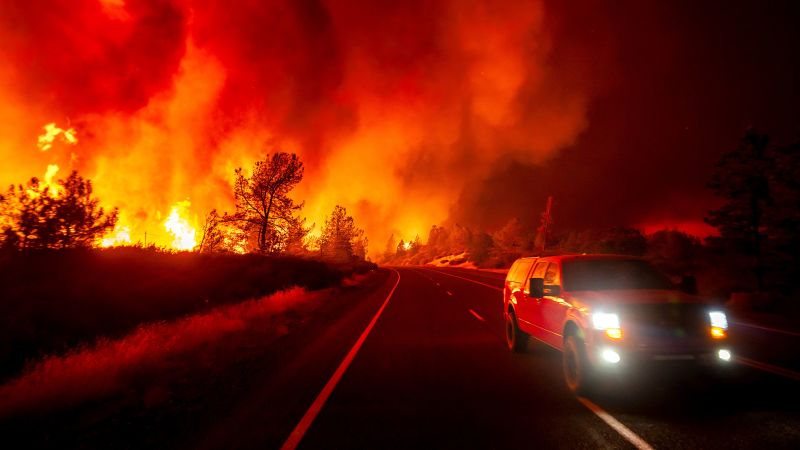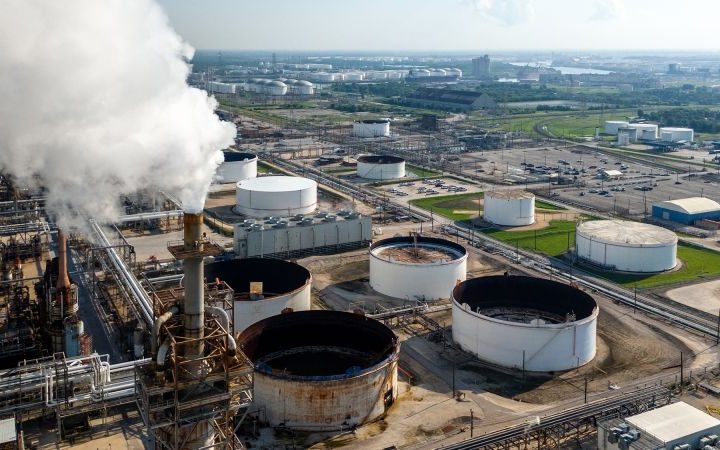After the 2018 Camp Fire – the deadliest wildfire in California’s history – engulfed Michael and Kristy Daneau’s Paradise home, the couple and their four daughters were forced to move 30 miles away to find a home they could afford.
They moved to Cohasset to buy a home with money they received through their insurance claim and their portion of an $11 billion Pacific Gas & Electric (PG&E) settlement with insurance companies for the blazes linked to its equipment failure.
Six years later, the family’s experiencing déjà vu: Their new home in the rocky region of northern California recently burned down to the studs in the 2024 Park Fire, the fourth largest fire in the state’s history.
But this time the Daneaus don’t have the safety net of insurance to help them rebuild their lives.
When they moved to Cohasset, they were denied homeowners insurance from every company they contacted, citing wildfire concerns, and when they finally found an insurer that would offer them a plan, they couldn’t afford it. They were priced out – uninsured in a state prone to natural disasters. And now they are left with, essentially, nothing.
The climate crisis, acutely felt in California, is driving a rapid increase in the intensity and frequency of wildfires and the number of homes lost in them. That’s made home insurance increasingly unaffordable or even inaccessible – and that’s leaving more people in the same position as the Daneaus.
“We’re literally back to square one, as if we’re starting over in life again. It’s numbing, to be honest,” Michael said. He and his family are relying on what little they have saved and are hoping to secure $30,000 through donations on their GoFundMe page to “find a place, even if it’s to rent,” he said.
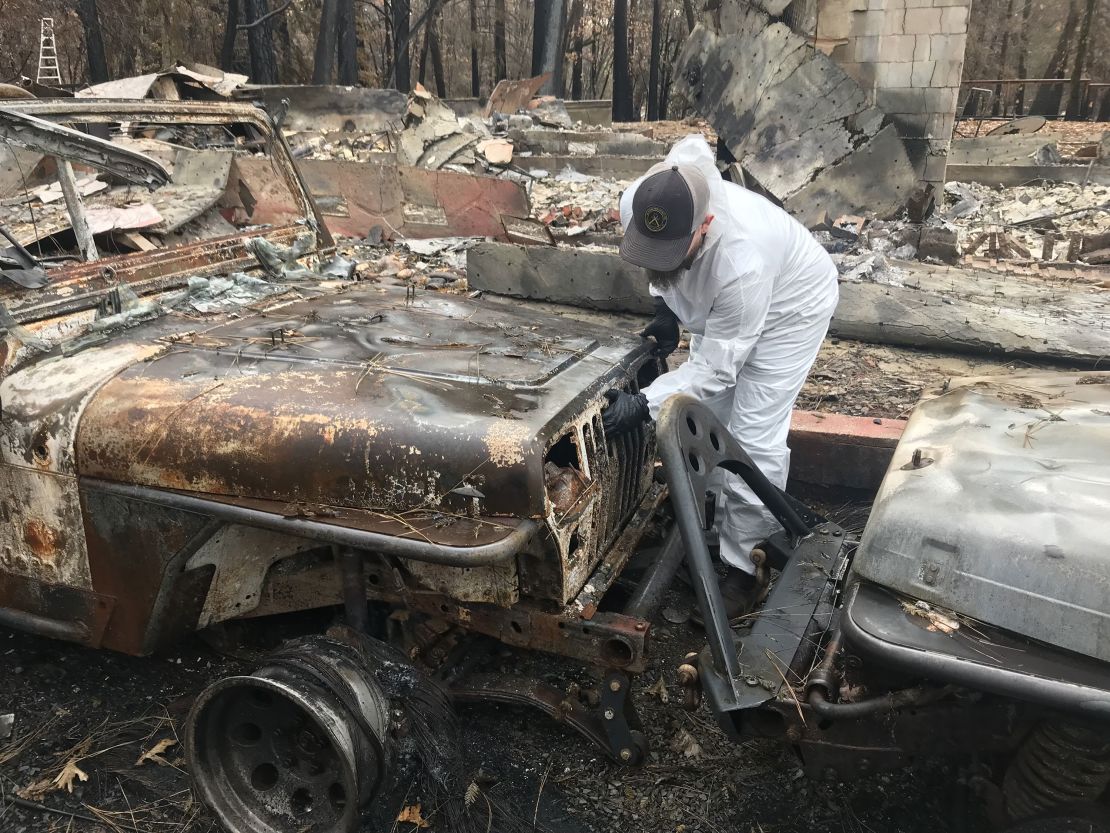
Last year alone, the Insurance Information Institute tracked $80 billion in insured losses caused by natural catastrophes across the US. The Daneaus’ home was one of approximately 19,000 structures that were destroyed in the 2018 Camp Fire. Consequently, insurers are rushing to leave states like California to stop incurring such costs.
Since 2015, the California Department of Insurance has kept a record of the number of renewed and canceled policies in the state’s high fire-risk areas, which make up more than a quarter of the state. They recorded an increase in canceled policies until the most recent report published in 2022, with the sharpest increase being 10% in 2019.
When policies aren’t being canceled altogether, insurance rates sometimes rise by exorbitant amounts. California’s largest insurer, State Farm, requested a 30% rate increase for its homeowner’s line last month. This came a year after State Farm completely stopped selling insurance for new homes, citing wildfire risks. State Farm did not respond to a request for comment from CNN.

With the combination of rate increases, non-renewals and plan cancellations, many California homeowners have been pushed to the state’s temporary solution: the California FAIR Plan, a private association created by the state as a last-resort insurer for those being denied plans.
The California FAIR Plan was established in 1968 to provide an insurance option for those who are unable to procure insurance through the traditional market. However, what was established as a temporary solution has now become the only solution for many.
After every insurance company denied the Daneaus coverage for the home they moved to in Cohasset, the couple explored their insurance options through the California FAIR Plan. What was first an affordable solution became far too expensive by 2022, when they told CNN the plan would have cost them $12,000 with a $7,000 down payment and a $4,000 payment in the next month.
“The first year, it seemed okay … the second year it went up to where it stung a bit. The last few years, it’s been so unattainable, we would practically have to have a mortgage payment to be able to afford the California FAIR Plan, plus the secondary insurance that you would need to go along with it,” Michael Daneau said.
Since 2019, the California FAIR Plan has seen a 164% increase in policies, with a 27% jump just this past year, an indication of how many residents across the state are unable to access private insurance.
Last year, California Insurance Commissioner Ricardo Lara reached an agreement with insurers with an aim to cover approximately 85% of properties in high-risk areas. However, the commissioner does not have the authority to force insurance companies to increase coverage.
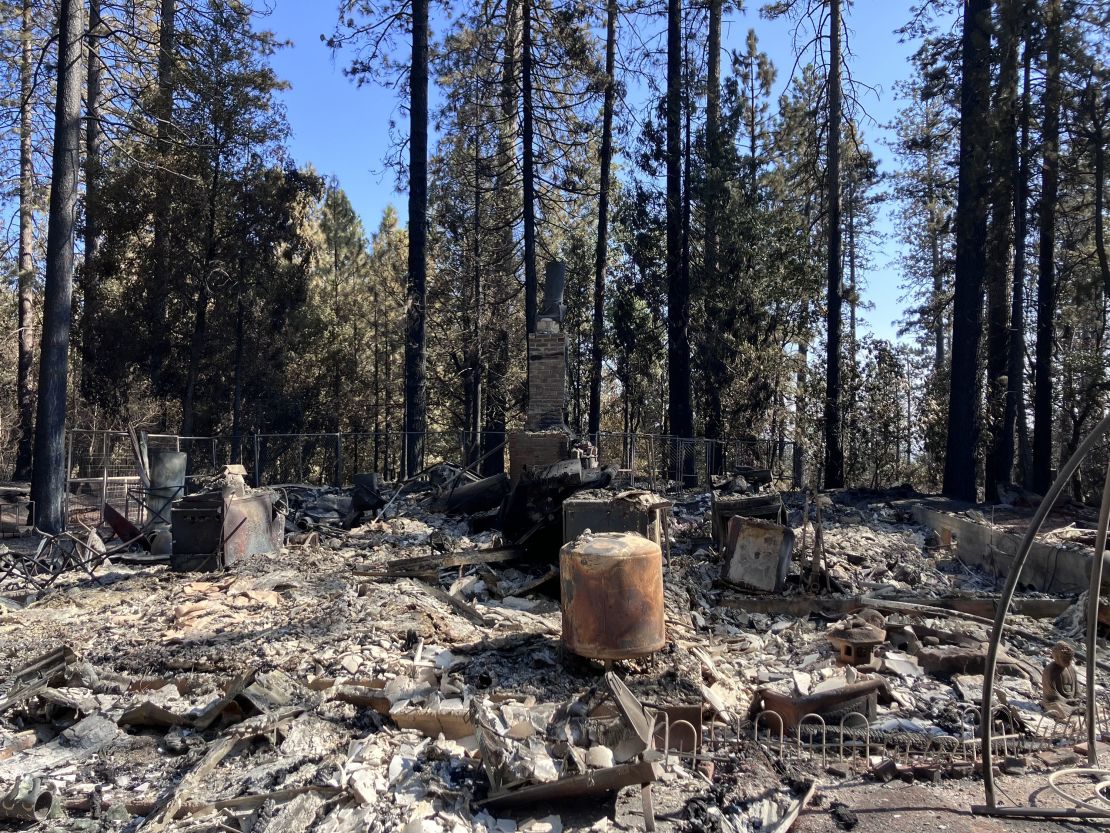
As homeowners continue grappling for insurance options, the question of what’s next has become important for homeowners and insurers alike. Across the Golden State, both groups are exploring ways for California to become wildfire resilient.
The Insurance Institute for Business & Home Safety (IBHS), a non-profit research organization backed by insurers, has spearheaded both an advocacy and research effort in making infrastructure more resilient.
One result has been the Wildfire Prepared program, which designates homes as wildfire resilient after an evaluation of both retrofitted and newly built homes.
The IBHS evaluation standards include components such as wildfire-resistant decks, upgraded windows and doors, and removal of back-to-back fencing, according to Steve Hawks, senior director for wildfire at IBHS.
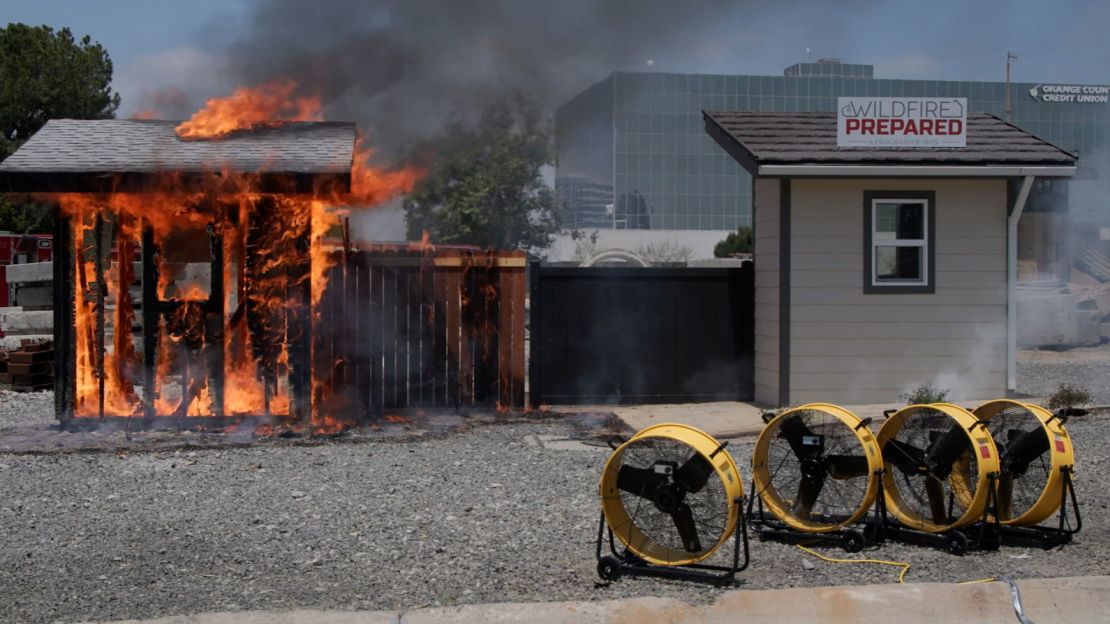
After the 2018 Woolsey fire, which destroyed 1,643 structures in the Santa Monica mountains, the Los Angeles Emergency Preparedness Foundation (LAEPF), a local non-profit, was mobilized to educate homeowners about the need to harden their homes.
In a door-to-door effort, they reached Angela Wilson, a Malibu homeowner of 37 years, who has taken various steps in the past year while collaborating with LAEPF to make her home wildfire resilient.
Beyond structural changes such as shuttering her doors and adding metal mesh to vents, the avid gardener has made the tough decision to part with her flower beds and lush gardens.
“[My insurance plan] wasn’t canceled but my insurance company increased the rates quite a bit,” she said. Wilson has not yet completed the program, but hopes it will help bring her insurance costs down eventually.
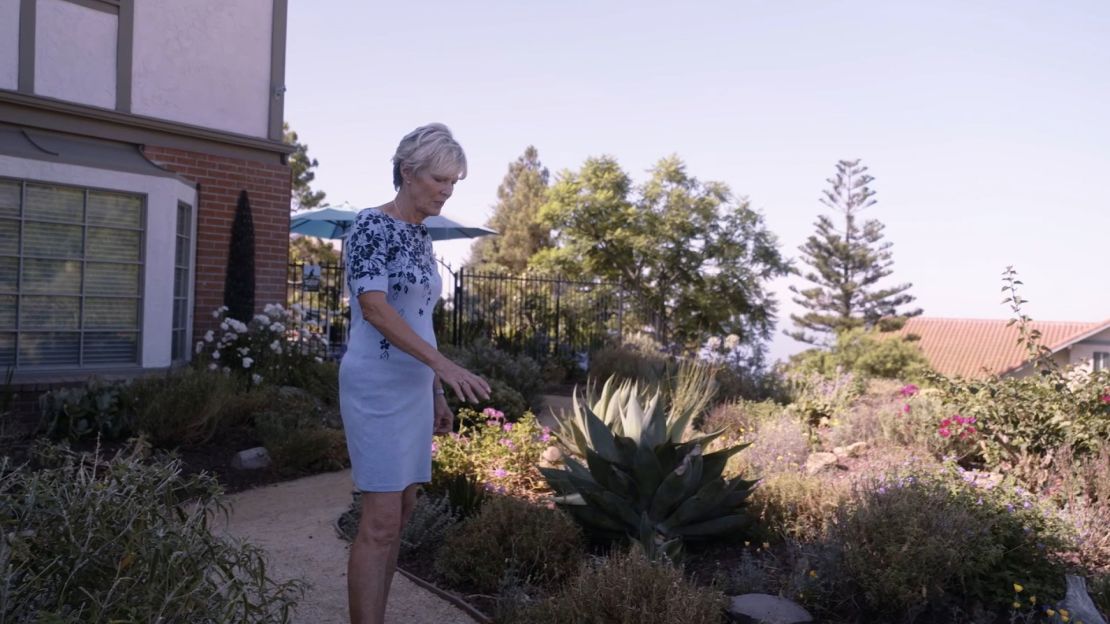
“Some insurers have started giving a list of changes homeowners need to make to keep their insurance or maybe even get a discount of rates,” said Brent Woodworth, chairman & CEO of LAEPF. But he cautioned there’s no guarantee of that, leaving homeowners like the Daneaus grappling with uncertainty.
“I’m personally so numb that I just can’t wrap my head around where we’re going to go, what we’re going to do. How do we go from here knowing that we’ve built a beautiful life for us and our kids, and now we have literally nothing,” Michael Daneau said.
CNN’s Camila Bernal and Sarah Moon contributed reporting.
Read the full article here
